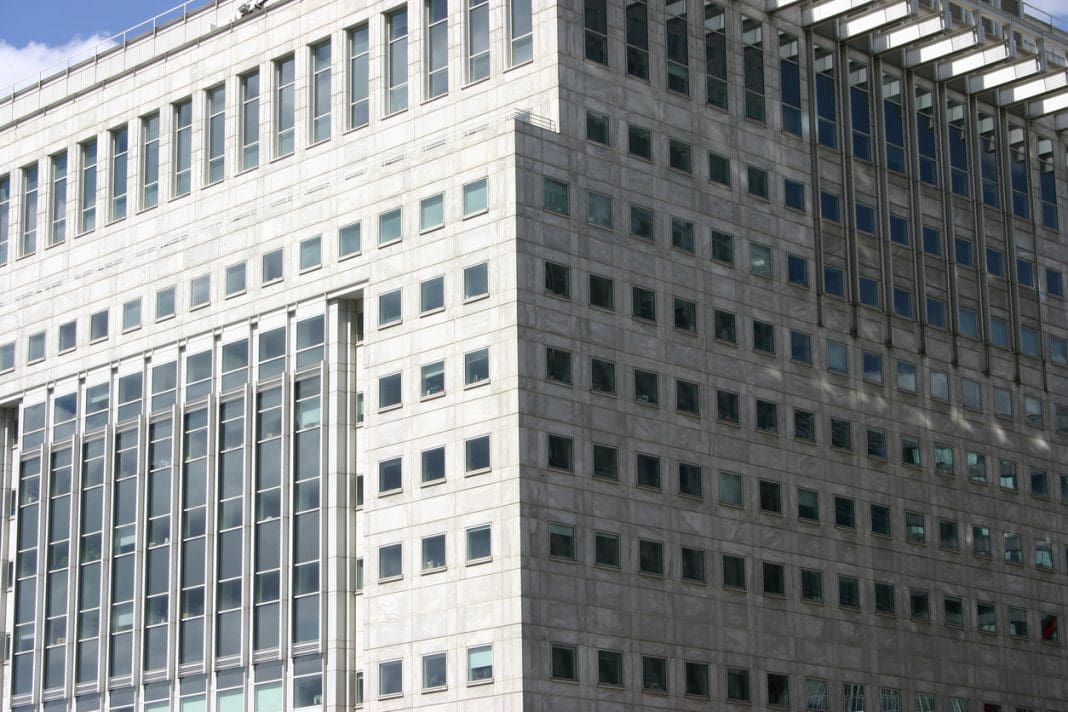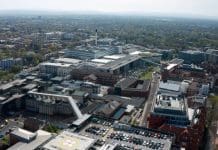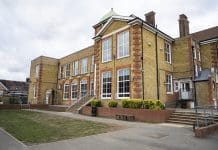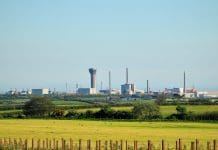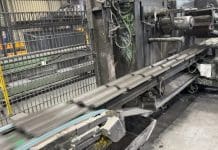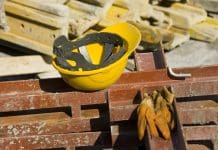The failings identified with RAAC should not be seen simply as an issue for schools, hospitals and other public sector buildings. Dan Haynes, director, head of building surveying at AtkinsRéalis, says it is very much an issue for the private sector too, and should be subject to regular monitoring
Towards the end of summer last year, the term reinforced autoclaved aerated concrete (RAAC), also known as Celcon, Durox and Siporex, suddenly became very familiar as the Government declared its presence in our buildings posed a significant threat to safety.
The announcement came after two roof failings at schools during the summer holidays and led to temporary classrooms being set up across the country on sites which were deemed ‘at risk’, as the issue was investigated with some urgency.
Fortunately the scale of the issue wasn’t as extensive as first feared, and the issue had been on the radar of the construction industry for some time before hitting the headline of the mainstream media.
The problem with RAAC is that it’s less durable than traditional concrete, and while it was used mainly for flat roofs, it was also used for walls, floors and cladding in one- and two-storey public sector buildings from the mid-50s to the mid-90s. Pre-1980 RAAC is now past its expected service life and can collapse with little or no notice.
Why is RAAC a risk for the private sector?
It is believed that there could be as many as 4.4 million panels still within the UK built estate, a significant portion of which being within private sector buildings.
Without carrying out onsite visual inspections, it is almost impossible to tell if a building contains RAAC, so the scale of the problem is really unknown. RAAC was used in a wide range of buildings, not all of which are in the public sector, making it vital for any portfolio (or individual building) owner to review maintenance and inspection regimes to ensure the material is identified.
There is much to consider in either sector: the health and safety risks and responsibilities, the financial consequences, and the estate impact of unusable buildings or remedial works in progress.
Surveys and advice
A common question my team is asked is “Now I know my building has RAAC what do I need to do?”
The answer is that the Royal Institute of Chartered Surveyors (RICS) has issued guidance around appropriate professionals for RAAC identification and remediation advice, with Chartered Building Surveyors and Chartered Structural Engineers able to carry out identification.
At AtkinsRéalis, the nationwide team of Chartered Building Surveyors are under way with widespread client support, having amassed expertise in RAAC over the last 10 years.
Reflecting the scale of the current challenge, AtkinsRéalis have completed over 700 identification surveys within the last 12 months alone, accelerating the in-house programme of RAAC training and establishing information sharing networks, to ensure all team members are upskilled.
Where RAAC is discovered, surveyors and engineers need to work in accordance with Department of Education and the Institution of Structural Engineers guidance.
Over the years we have developed a one-stop risk and management solution and currently we are working with central and local government bodies, local authorities, individual academies, multi-academy trusts and numerous private sector clients.
In order to tackle the issue effectively, we recommend RAAC exploration, in addition to routine asset management inspection plans, to all clients with buildings of this age and type, working alongside contractors to open up inspection points as affected areas are typically covered over.
The emphasis is on detailed, skilled and experienced surveying – there have been situations where clients have been told that RAAC is present when it isn’t, and the reverse scenario could clearly be catastrophic.
Risk Identification
The approach begins with offsite/desktop studies, to produce a detailed property inventory and work with clients to devise a survey priority list.
Next, visual surveys on site are undertaken to verify the likelihood of RAAC presence where this cannot be determined by the desktop survey.
The building construction is reviewed, photo schedules are compiled, and any site constraints are identified which may require further survey, including opening up works for identification purposes.
The second phase of investigation involves working alongside the structural engineer, carrying out intrusive surveys where necessary.
These include detailed investigations of individual planks, and using methods such as laser scanning to determine the level of risk. Detailed invasive investigation reports are issued outlining recommendations for remedial works and budget estimates.
This will include working with estates and facilities management teams to minimise the disruptive effect on the estate and its operational focus.
RAAC needs constant monitoring
The next phase focuses on the management and remediation strategy. Temporary work solutions are provided for immediate on-site concerns, alongside detailed design and management of permanent remedial solutions.
Unfortunately, this is a problem that doesn’t go away unless the RAAC is removed. Like asbestos, RAAC needs continual monitoring to identify changes that may affect the current risk level and thus necessitate a change in the action plan.
However, by developing a robust Management and Monitoring Plan and implementing the measures detailed, the risks associated with the presence of RAAC in a building can be reduced to a level that is acceptable to the building owner.
Dan Haynes, director, head of building surveying at AtkinsRéalis.


